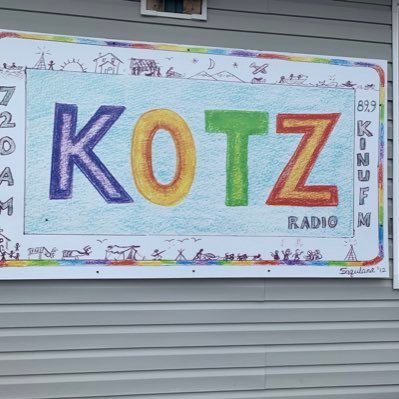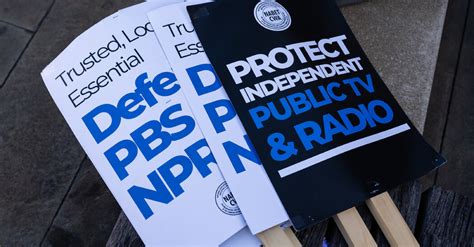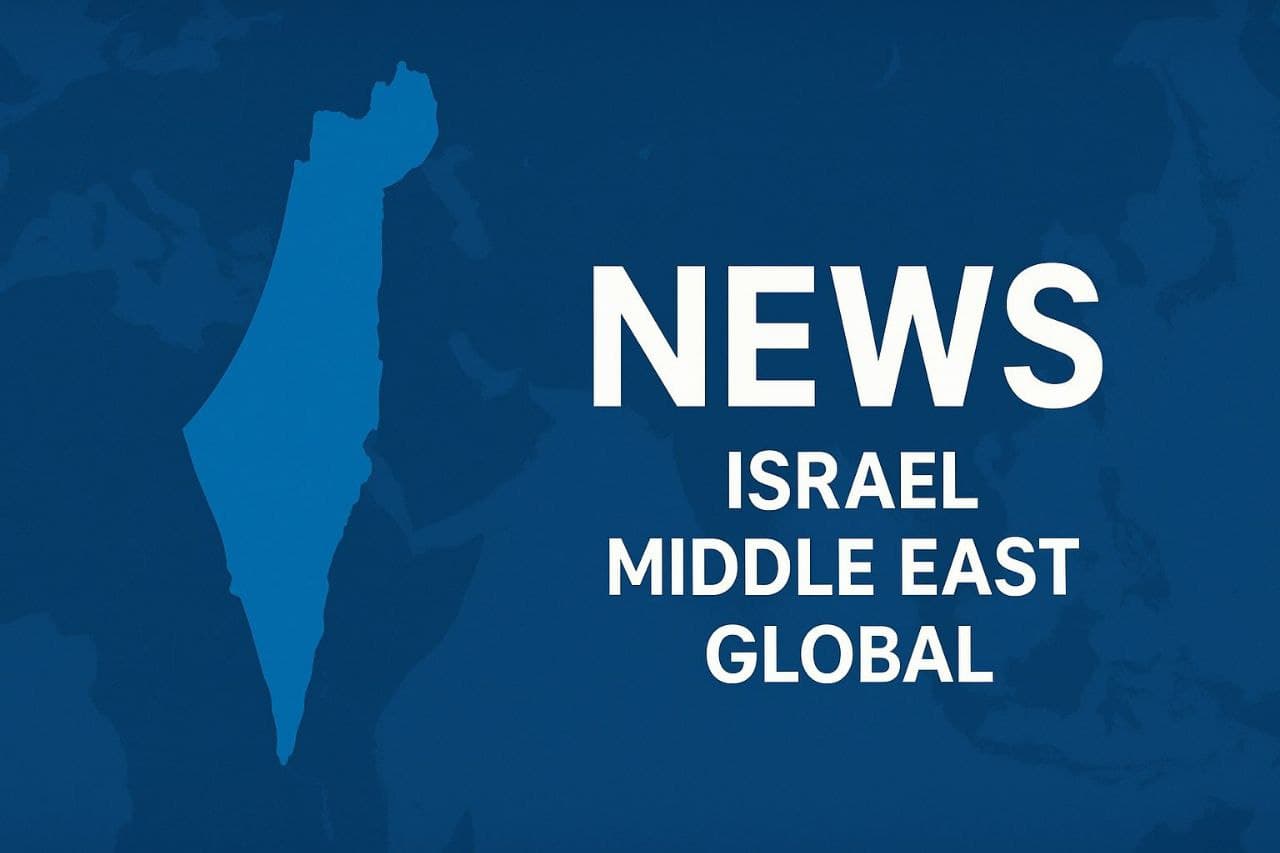The sweeping cuts proposed by President Trump threaten to dismantle the very fabric of public broadcasting, jeopardizing crucial resources for rural communities across the United States. More than 70% of federal funding for public media supports local stations like KOTZ in Alaska, which serves isolated communities where lives depend on timely information. The potential loss of $1.1 billion in funding could plunge these stations into financial despair, leaving millions without essential news and emergency alerts.
The Reality of Rural Dependence on Public Broadcasting
In rural America, public broadcasting is not merely a source of entertainment or educational programming; it is a lifeline. According to BBC, over 45% of the stations funded in 2023 are located in rural areas, with federal grants constituting a critical revenue stream for many. For KOTZ in Kotzebue, Alaska, public funding accounts for a staggering 41% of its income. This funding sustains not just the station"s operation but also the dissemination of vital information that can mean the difference between life and death during severe weather events.
The Political Landscape of Public Media Funding
Trump"s aggressive stance against public broadcasting is rooted in a long-standing Republican agenda to defund institutions perceived as liberal. The president"s rhetoric positions funding as a "wasteful expense", disregarding the invaluable service these stations provide to their communities. As reported by Senators Gillibrand and Markey, the proposed cuts would strip public broadcasting of its financial support through 2027, threatening the survival of over 1,500 local stations nationwide.
\n\n
KOTZ News (@KotzNews) / X
The Disproportionate Impact on Vulnerable Communities
The implications of these cuts extend far beyond the walls of media stations. Communities that are already marginalized will feel the greatest impact. The Pew Research Center has found that Republican voters are less likely to trust outlets like NPR and PBS, but they may not realize that their own communities rely on these services for accurate local news. As Travis Bubenik, news director at Marfa Public Radio, noted, “In the not too distant future this station might be either off the air or just not able to do the same quantity and quality of local news.”
The Consequences of News Deserts
The proliferation of news deserts in rural America threatens democracy itself. A staggering 55 million Americans live in areas with little to no local news coverage, according to a study by Northwestern University. These cuts could exacerbate existing inequities, leaving rural voters without the information they need to make informed decisions. If federal funding is rescinded, the already fragile media landscape in rural America will deteriorate further. The loss of public broadcasting would create a vacuum, leaving communities to rely on misinformation or sensationalist media.
\n\n
Trump Npr Pbs Funding Executive Order - Global Market Insights
A Collective Call to Action
As the Senate prepares to vote on this critical funding, lawmakers must grapple with the reality that the cuts would devastate essential services that safeguard lives and promote informed citizenship. Senators like Lisa Murkowski have voiced their opposition, recognizing that “what may seem like a frivolous expense to some has proven to be an invaluable resource that saves lives in Alaska.” The urgency of the situation cannot be overstated; the future of public broadcasting hangs in the balance, and with it, the voices of rural Americans.


![[Video] Mainstream media shows only seconds of National Guard attack](/_next/image?url=%2Fapi%2Fimage%2Fthumbnails%2Fthumbnail-1764286848194-uxm4e-thumbnail.jpg&w=3840&q=75)





